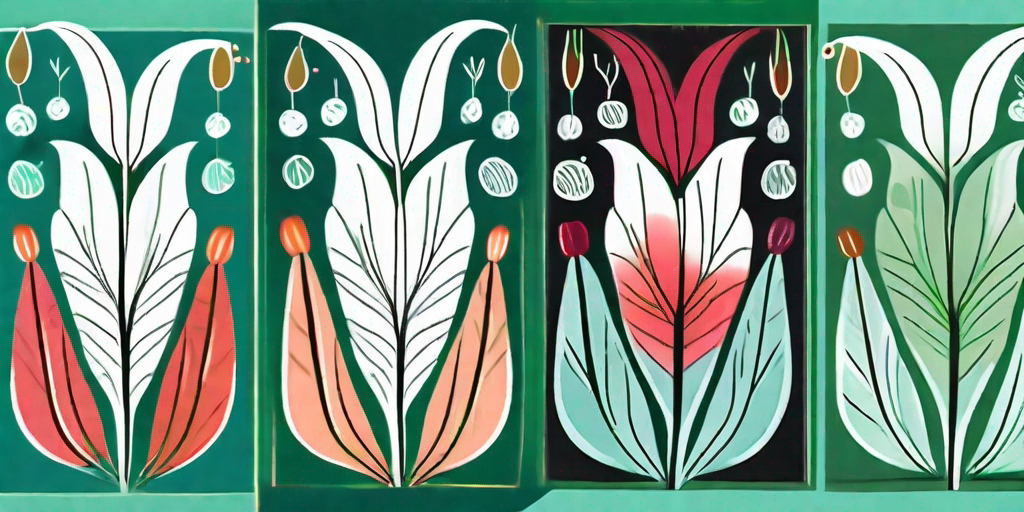
Welcome to the vibrant, vivacious, and sometimes vexing world of shrimp plants! These unique and colorful plants are a fantastic addition to any garden or indoor plant collection. They're not just a feast for the eyes, but also a delight for the green thumb looking for a new challenge. So, buckle up, plant enthusiasts, as we dive into the captivating world of shrimp plants.
Understanding the Shrimp Plant
Before we get our hands dirty, let's get to know our subject a little better. The shrimp plant, or Justicia brandegeeana as the botanists like to call it, is a tropical evergreen shrub native to Mexico. Its quirky name comes from the unique shape and color of its flowers, which resemble a shrimp's curved body. In a world full of roses and lilies, the shrimp plant is the eccentric, flamboyant cousin that steals the show at family gatherings.
Shrimp plants can grow up to 1 meter in height and are known for their long-lasting, colorful bracts that range from yellow to pink. The actual flowers are white and peek out from these bracts, adding to the plant's overall charm. Now that we've covered the basics, let's move on to the fun part: growing and caring for these beauties.
Planting Your Shrimp Plant
Now, you might be thinking, "I'm no botanist, how am I supposed to grow a tropical plant?" Fear not, dear reader, for the shrimp plant is a forgiving and adaptable species. It's the perfect plant for those of us who occasionally forget to water our green friends or leave them in less-than-ideal light conditions.
Shrimp plants prefer well-draining soil and partial to full sun exposure. They can tolerate a bit of shade, but too much can lead to leggy growth and fewer flowers. When planting, choose a spot that gets plenty of morning sun but is protected from the harsh afternoon rays. And remember, shrimp plants love humidity, so consider placing a tray of water near your plant or misting it regularly.
Step-by-Step Planting Guide
- Choose a pot with good drainage and fill it with well-draining soil.
- Place the shrimp plant in the pot, making sure the top of the root ball is level with the soil surface.
- Fill in around the plant with soil, firming it gently around the base.
- Water thoroughly and place the pot in a sunny location.
- Remember to water regularly, but don't let the plant sit in water.
Caring for Your Shrimp Plant
Once you've planted your shrimp plant, it's all about maintaining the right conditions and keeping an eye out for any potential problems. Shrimp plants are relatively low-maintenance, but they do appreciate a bit of TLC.
Water your shrimp plant regularly, but make sure not to overwater. The soil should be kept moist, but not soggy. Overwatering can lead to root rot, which is as nasty as it sounds. On the other hand, underwatering can lead to wilting. If your plant looks a bit droopy, it's probably time for a drink.
Shrimp plants also appreciate regular feeding. Use a balanced, water-soluble fertilizer every two weeks during the growing season. In the winter, you can cut back to once a month. Remember, over-fertilizing can lead to salt buildup in the soil, which can damage the roots. So, when it comes to feeding your shrimp plant, less is often more.
Pruning and Propagation
Shrimp plants benefit from regular pruning to maintain their shape and encourage bushier growth. You can also use the cuttings for propagation. Simply cut a stem just below a node, remove the lower leaves, and place it in a pot with moist soil. With a bit of luck and patience, you'll have a new shrimp plant in no time.
Common Problems and Solutions
Like all plants, shrimp plants can occasionally run into problems. But don't worry, most of these issues are easily solved with a bit of know-how and a can-do attitude.
Yellow Leaves
Yellow leaves can be a sign of overwatering or poor drainage. Check the moisture level of the soil and adjust your watering schedule as needed. If the problem persists, you may need to repot your plant in fresh, well-draining soil.
Leggy Growth
If your shrimp plant is getting tall and leggy, it's probably not getting enough light. Move it to a sunnier location or supplement with artificial light. Regular pruning can also help control leggy growth and encourage bushier, more compact plants.
Frequently Asked Questions
- Can shrimp plants grow indoors? Absolutely! Just make sure to provide them with plenty of light and humidity.
- Are shrimp plants pet-friendly? Shrimp plants are not known to be toxic to pets, but it's always best to keep plants out of reach of curious pets.
- How often should I water my shrimp plant? This depends on the conditions in your home, but generally, you should water when the top inch of soil feels dry to the touch.
- Why are the leaves on my shrimp plant turning brown? Brown leaves can be a sign of underwatering or low humidity. Try increasing your watering frequency and misting your plant regularly.
And there you have it, folks! Everything you need to know to get started with shrimp plants. So, what are you waiting for? Dive into the colorful world of shrimp plants and let these vibrant beauties brighten up your home or garden.















